Civil Disobedience movement & Round Table Conferences
Gandhi’s Eleven Demands
To carry forward the mandate given by the Lahore Congress, Gandhi presented eleven demands to the Government & gave an ultimatum of January 31, 1930 to accept or reject these demands.
- Reduce expenditure on Army and civil services by 50 per cent.
- Introduce total prohibition.
- Carry out reforms in Criminal Investigation Department (CID).
- Change Arms Act allowing popular control of issue of firearms licence
- Release political prisoners.
- Accept Postal Reservation Bill.
- Reduce rupee-sterling exchange ratio.
- Introduce textile protection.
- Reserve coastal shipping for Indians.
- Reduce land revenue by 50 per cent.
- Abolish salt tax and government’s salt monopoly.
Civil Disobedience Movement
With no positive response forthcoming from the Government on these demands, the Congress Working Committee invested Gandhi with full powers to launch the Civil Disobedience Movement (CDM)
Dandi March (March 12 – April 6, 1930)
- Gandhi, along with a band of 78 members of Sabarmati Ashram, was to march from his headquarters in Ahmedabad through the villages of Gujarat for 240 miles.
- The historic march, marking, the launch of the Civil Disobedience Movement, began on March 12, and Gandhi broke the salt law by picking up a handful of salt at Dandi on April 6.
- Gandhi gave the following directions for future action –
- Wherever possible civil disobedience of the salt law should be started.
- Foreign liquor and cloth shops can be picketed.
- Refuse to pay taxes
- Lawyers can give up practice.
- Public can boycott law courts by refraining from litigation.
- Government servants can resign from their posts.
- All these should be subject to one condition—truth and non-violence as means to attain swaraj should be faithfully adhered to.
- Local leaders should be obeyed after Gandhi’s arrest.
Arrest of many national leaders along with Nehru & Gandhi (Yeravada jail) evoked massive protests in many parts of the country. Few noteworthy incidents were –
| Chittagong |
|
| Peshawar |
|
| Sholapur |
|
| Assam |
|
| Manipur and Nagaland |
|
Impact of Agitation
- Imports of foreign cloth and other items fell.
- Government income from liquor, excise and land revenue fell.
- Elections to Legislative Assembly were largely boycotted.
Every section of society as Students, Women, Tribals, Merchants and Petty Traders, Workers & Peasants took active part in CDM.
Although Muslims participated but their participation was nowhere near the 1920-22 level because of appeals by Muslim leaders to stay away from the movement and because of, active government encouragement to communal dissension.
First Round Table Conference (November 1930 – January 1931)
- This was the first ever conference arranged between the British and the Indians as equals.
- While the Congress and most business leaders boycotted the First RTC, the Muslim League, the Hindu Mahasabha, the Liberals and princes attended it.
- Virtually every delegate reiterated that a constitutional discussion to which the Congress was not a party was meaningless.
- Ambedkar demanded separate electorates for (SC/ST)
Gandhi – Irwin Pact
On January 25, 1931 Gandhi and all other members of the CWC were released unconditionally. The congress working committee authorised Gandhi to initiate discussions with the viceroy which leaded to the famous Gandhi-Irwin Pact or Delhi Pact. Irwin on behalf of the Government agreed on –
- Immediate release of all political prisoners not convicted of violence;
- Remission of all fines not yet collected;
- Return of all lands not yet sold to third parties;
- Lenient treatment to those government servants who had resigned;
- Right to make salt in coastal villages for personal consumption (not for sale);
- Right to peaceful and non-aggressive picketing;
- Withdrawal of emergency ordinances.
The viceroy, however, turned down two of Gandhi’s demands –
- Public inquiry into police excesses, and
- Commutation of Bhagat Singh and his comrades death sentence to life sentence
Gandhi on behalf of the Congress agreed –
- to suspend the civil disobedience movement, and
- to participate in the next RTC
Karachi Congress Session, 1931
- In March 1931, a special session of the Congress was held at Karachi to endorse the Gandhi-Irwin or Delhi Pact.
- Two resolutions were adopted which made the session memorable viz.
- one on Fundamental Rights
- the other on National Economic Programme
- This was the first time the Congress spelt out what swaraj would mean for the masses.
- The Karachi Resolution formed the basic political and economic platform of the Congress in later years.
Second Round Table Conference & Second Civil Disobedience Movement
- The Second Round Table Conference, which the Congress had agreed to attend under the Delhi Pact, was held in London in December 1931
- Mahatma Gandhi participated in the Conference but returned to India disappointed
- No agreement could be reached on the demand of complete independence and on the communal question
Result
- 1932, the Civil-Disobedience Movement was resumed
- Government arrested Mahatma Gandhi and Sardar Patel
- Re-imposed the ban on the Congress Party
Third Round Table Conference, 1932
- Congress did not take part in it.
- 1933, British Gov. issued a White Paper, which became the basis for the enactment of the Government of India Act, 1935
- Finally, in-April 1934, Gandhi decided to withdraw the civil disobedience movement.
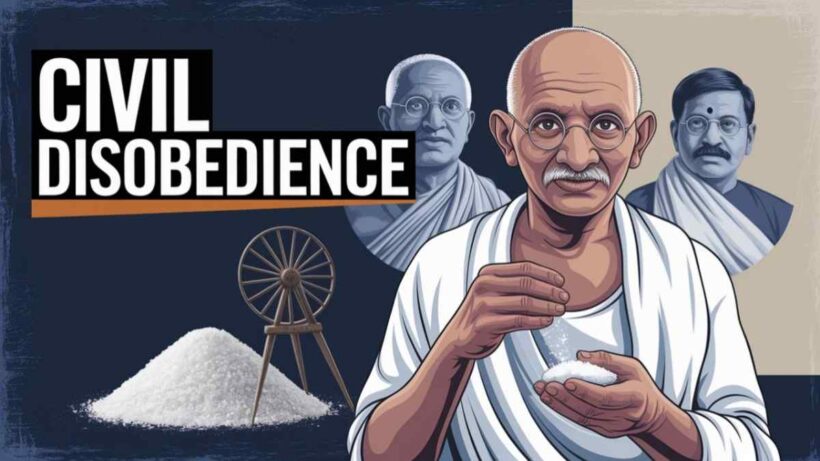

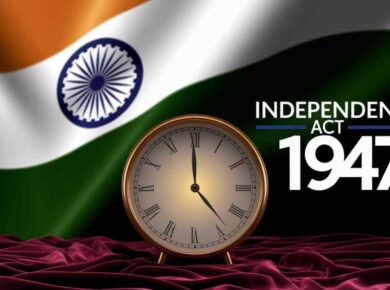
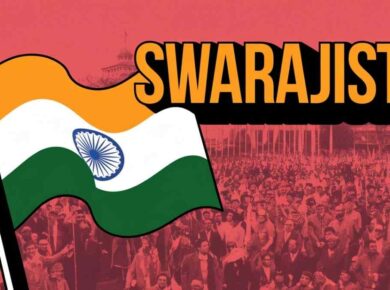
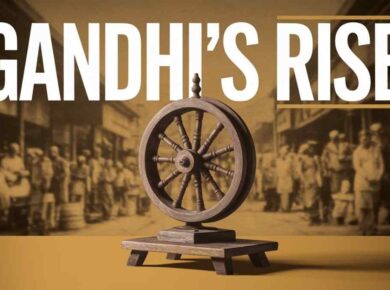
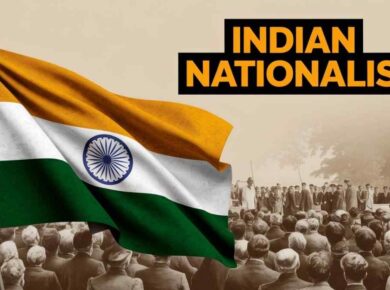
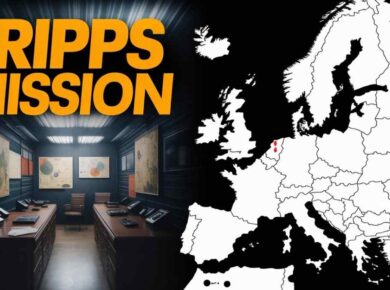
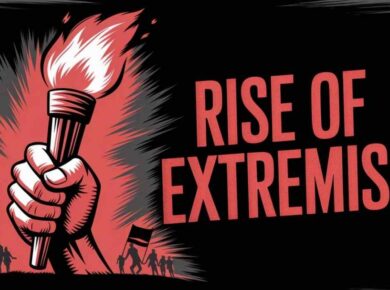
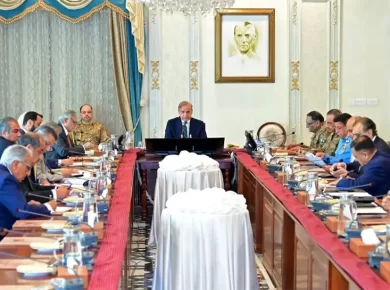


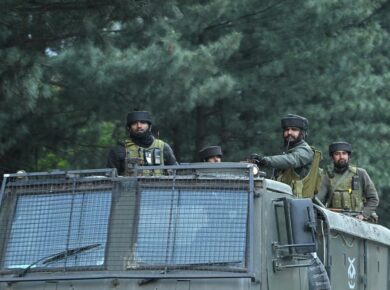
1 comment
thankyou very much to share the knowledge.